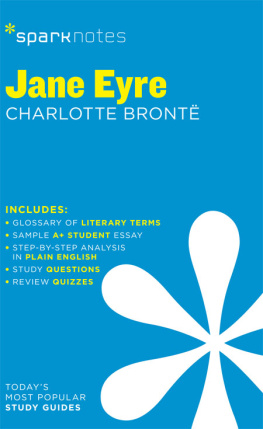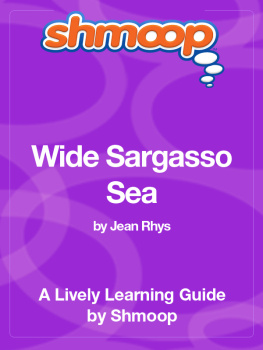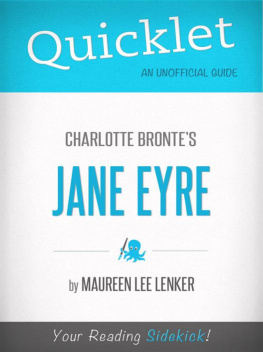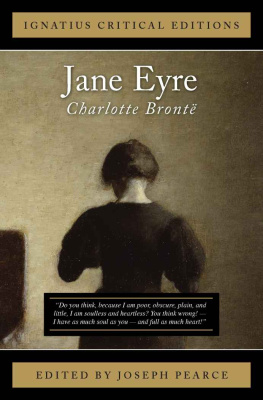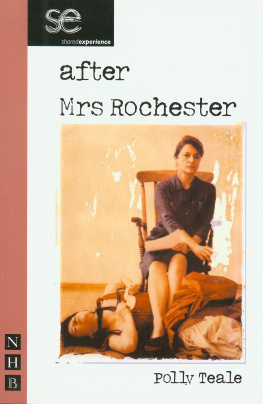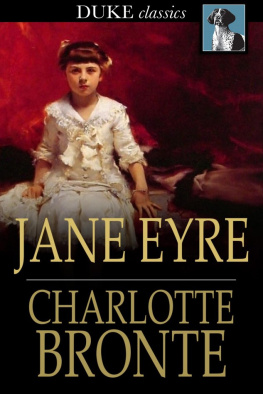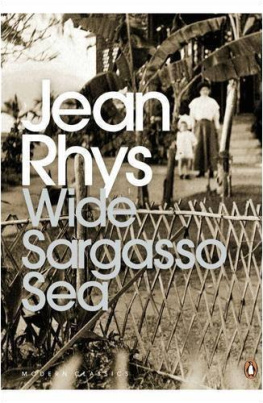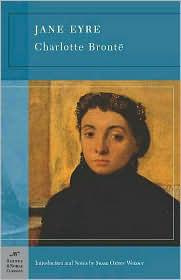1. Introduction.
Although Bertha Mason and Jane Eyre seem to be enemies and contradictory characters in the Victorian novel, many critics find several similarities between the two heroines, their life and finally between Jane Eyre and Wide Sargasso Sea. Seeing Jane Eyre and Antoinette Cosway as sisters and doubles is very popular with some critics who dealt with the works of Charlotte Bronte and Jean Rhys. Nevertheless, I would like to focus in this essay on Gayatri Chakravorty Spivaks criticism on viewing and interpreting the two heroines. Gayatri Chakravorty Spivak in her essay Three Womens Texts and a Critique of Imperialism values also Jean Rhys for telling the story of Bertha Mason through the Creole perspective, but she criticises the author for marginalising the native inhabitants of West Indies.
2. Jean Rhyss attitude towards the representation of West Indian in Charlotte Brontes Jane Eyre.
Jean Rhys, who spent her childhood in the West Indies, read Jane Eyre as a teenager and regretted the fact that she could not contribute to the story of Bertha Mason. The first Mrs Rochester, who is presented in Jane Eyre as a creature between a human and an animal, represents threat for the heroine and her marital happiness with Rochester. In the letter to Selma Van Diaz, Rhys expresses her attitude towards the character of Bertha Mason and is in opposition to her representation in Jane Eyre:
The Creole in Charlotte Brontes novel is a lay figure-repulsive which does not matter, and not once alive which does. Shes necessary to the plot, but always she shrieks, howls, laughs horribly, attacks all and sundry- off stage. For me (and for you I hope) she should be right on stage. She must be at least plausible with a past, the reason why Mr Rochester treats her so abominably and feels justified, even the reason why he thinks she is mad and why of course she goes mad ()
In Wide Sargasso Sea Jean Rhys confronts the possibility of another side to Jane Eyre. The character of the mad Creole is given voice, dignity, identity and right to tell the reader her side of the story. The protagonist knows that the fate of her mother and the tragic history of her whole family can be misjudged and misunderstood by others. That is why the heroine assures her husband:
This statement can be quoted as the motto of the novel and a as a message coming form the author, who based the plot of Wide Sargasso Sea on her own childhood experiences in Dominica:
Of course Charlotte Bronte makes her own world, of course she convinces you, and that makes the poor Creole lunatic all the more dreadful. I remember being quite shocked, and when I re-read it rather annoyed. Thats only one side the English side sort of thing.
The author was convinced that Charlotte Bronte misinterpreted West Indies and that the Victorian writer was even prejudiced against West Indian:
The mad first wife in Jane Eyre has always interested me. I was convinced Charlotte Bronte must have had something against the West Indies and I was angry about it. Otherwise why did she take a West Indian for that horrible lunatic, for that really dreadful creature?
Negative prejudices against people from West Indies has also Brontes heroine. The fact that Jane Eyre is prejudiced against West Indian proves the way she deals with Rochesters version of his wifes past. The protagonist discovers at the wedding alter that her beloved man has already a wife, who he imprisoned in his attic. The fact that Jane Eyre leaves his story about Bertha Mason and her madness unexamined can be put in relation with the stereotype of degeneracy and madness in the colonized territories. This kind of stereotypical thinking about West Indies was common in the 19th century in England.
1. Growing up between two cultures.
The white Creole daughter of a former slave trader, Antoinette, struggles through her life for her happiness, love and acceptation. The black community does not accept her because she is white. For her Creole background, she does not fit in to the world of her English husband, Rochester:
In the figure of Antoinette, whom in Wide Sargasso Sea Rochester violently renames Bertha, Rhys suggests that so intimate a thing as personal and human identity might be determined by the politics of imperialism. Antoinette, as a white Creole child growing up at the time of emancipation in Jamaica, is caught between the English imperialist and the black native.
Antoinettes disillusionment in her relationships with her mother and her husband, her lack of a strong connection with Christophine and Tia leave her as a woman without any identity driven into madness. Antoinettes friendship and identification with Tia, as well as Tias rejection is important in seeing the heroine as a character caught between two cultures, but not belonging anywhere:
We had eaten the same food, slept side by side, bathed in the same river. As I ran, I thought, I will live with Tia and I will be like her. Not to leave Coulibri. Not to go. Not. When I was close I saw the jagged stone in her hand but I did not see her throw it. I did not feel it either, only something wet, running down my face. I looked at her and I saw her face crumple up as she began to cry. We started at each other, blood on my face, tears on hers. It was as if I saw myself. Like in a looking-glass."
This scene made of need and rejection, pain and pathos, tears and blood
The heroine comments also in the later stage of the plot that being rejected by both black and white communities in the past has influenced and traumatised her for the rest of her life:
It was a song about a white cockroach. Thats me. Thats what they call all of us who were here before their own people in Africa sold them to slave traders. And Ive heard English women call us white niggers. So between you I often wonder who I am and where is my country and where do I belong and why was I ever born at all.
Other female characters in Wide Sargasso Sea are also non-natives in the communities they live in. Antoinette mother, Annette, is from Martinique, which suggests French background. It makes her a stranger within the community of British West Indian in Jamaica:


